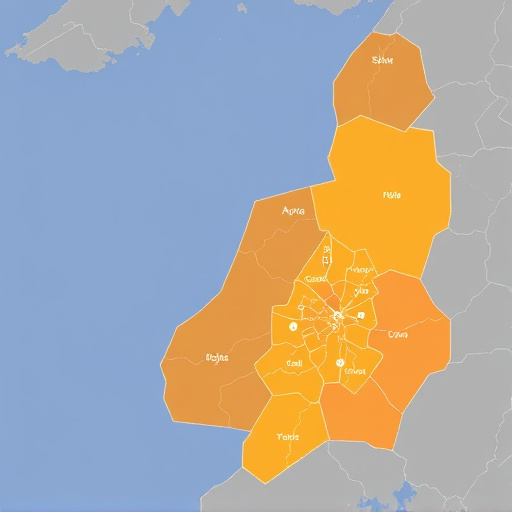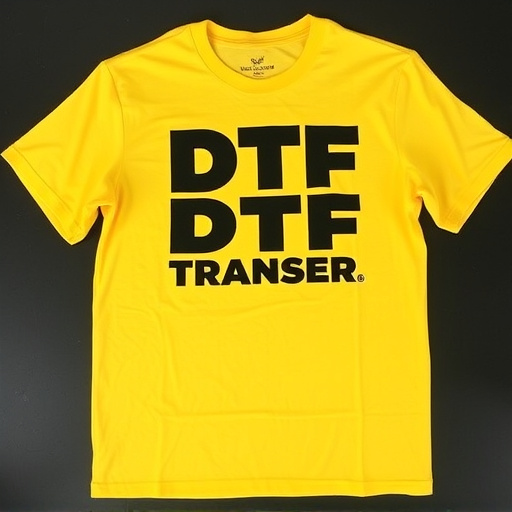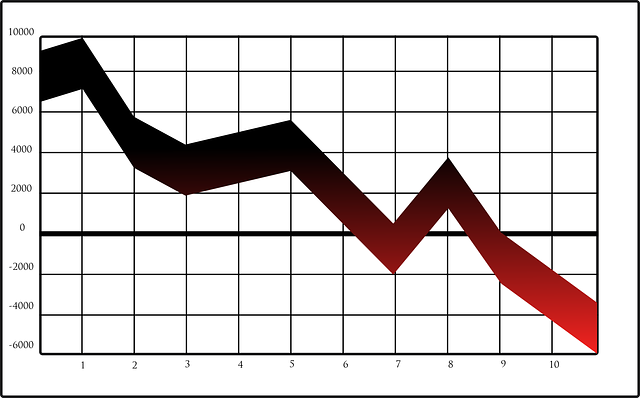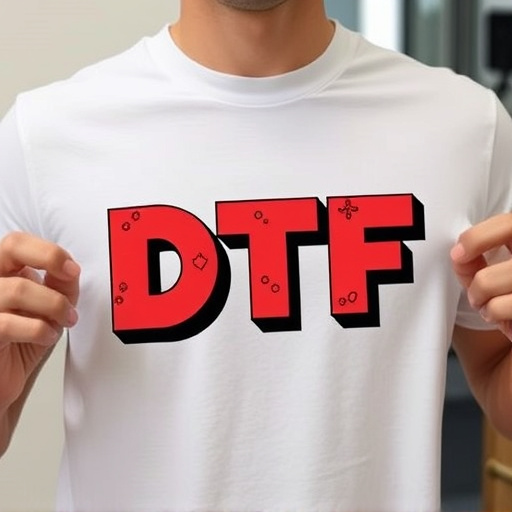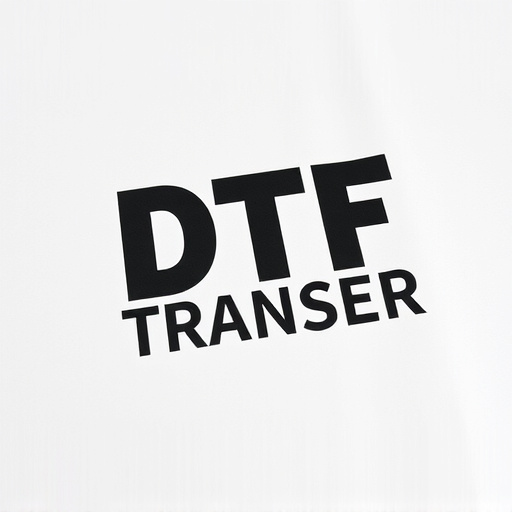Direct to Film (DTF) printing offers high-quality, detailed prints on various surfaces. The process involves digitizing designs, transferring them onto film, and applying ink precisely. Cooling is crucial for aesthetic results, while proper preparation and removal techniques ensure print quality and durability. Efficient DTF printing requires careful film handling, alignment, pressure control, and QA checks. DTF transfers are versatile for temporary promotional materials, with outdoor durability through robust cooling processes and weatherproofing.
“Unleash the potential of DTF (Direct to Film) transfers with this comprehensive guide. This article delves into the intricate process, from a DTF transfer overview to the crucial cooling phase. Learn how proper preparation and efficient DTF printing techniques ensure optimal results. We explore quality checks and diverse applications, providing best practices for DTF prints. Whether you’re a pro or novice, this resource guarantees your success in navigating the world of DTF transfers and their post-cooling removal.”
- Understanding DTF Transfer: A Quick Overview
- The Cooling Process and Its Significance
- Preparations for Post-Cooling Removal
- Techniques for Efficient DTF Printing
- Quality Assurance Checks After DTF Transfer
- Applications and Best Practices for DTF Prints
Understanding DTF Transfer: A Quick Overview
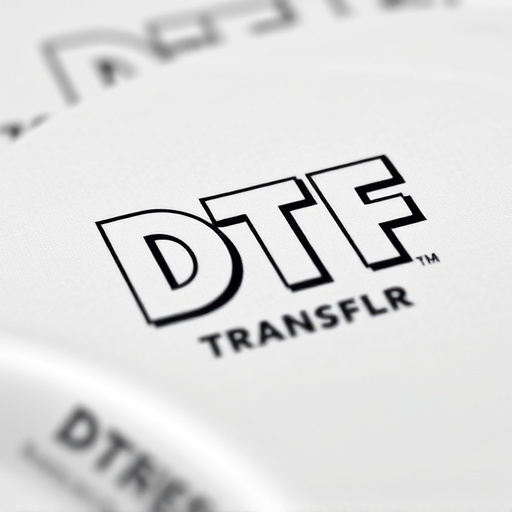
A DTF (Direct to Film) transfer is a printing technique that allows for high-quality imaging directly onto various surfaces, including fabric and metal. Unlike traditional printing methods, DTF involves a direct reaction between the ink and the substrate, eliminating the need for intermediate steps. This makes it an efficient process for producing detailed and vibrant DTF prints.
The DTF Transfer process begins with preparing the design digitally. This design is then transferred onto transparent film using specialized equipment. The film acts as a mask, guiding the application of ink during the printing phase. After printing, the ink-soaked film is carefully removed, leaving behind a precise and permanent image on the desired substrate. This technique is particularly popular for creating custom designs on textiles, offering a unique blend of precision and versatility in DTF printing.
The Cooling Process and Its Significance
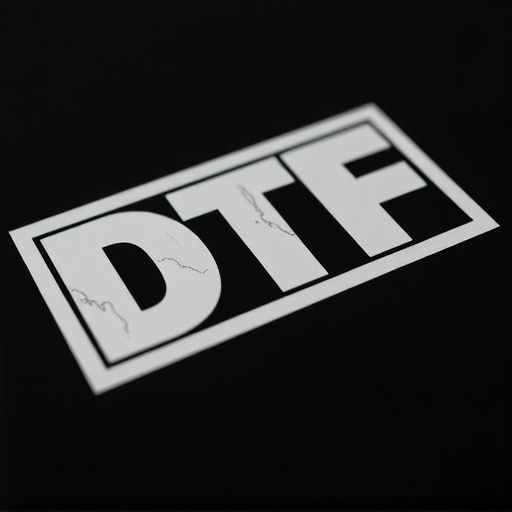
The cooling process is a critical step in achieving high-quality DTF (Direct to Film) transfers and prints. After the transfer or printing process, the film needs to cool down at a controlled rate to prevent warping, curling, or any other distortion that can compromise the final product. This is especially important for heat-sensitive materials commonly used in DTF technologies.
A gradual and precise cooling mechanism ensures that the inks and substrates set correctly, resulting in sharp details and vibrant colors in the final DTF prints. It’s a meticulous process that demands attention to ensure the longevity and integrity of the transferred images. This step is often an afterthought in rapid printing methods but holds immense significance for maintaining the aesthetics and durability of DTF transfers and prints.
Preparations for Post-Cooling Removal

Before removing a DTF (Direct to Film) transfer after it has cooled completely, several preparations are crucial. First, ensure that all components used for the transfer—including the film emulsion, backing paper, and the substrate—are compatible with each other and suitable for the intended post-removal environment. This prevents adverse reactions or damage upon separation. Additionally, inspect the DTF print for any signs of imperfections or defects; minor issues may be more noticeable after cooling, indicating areas that require extra care during removal.
Proper setup is key to a smooth removal process. Gather all necessary tools and materials, including a clean, flat surface suitable for handling the delicate DTF transfer. Have de-adherent sprays or release agents ready to facilitate easy separation. Also, prepare protective gear, such as gloves and goggles, to safeguard against any residual chemicals or debris. Lastly, have a plan for disposing of waste materials responsibly, aligning with environmental guidelines for safe handling of film remnants and associated substances.
Techniques for Efficient DTF Printing
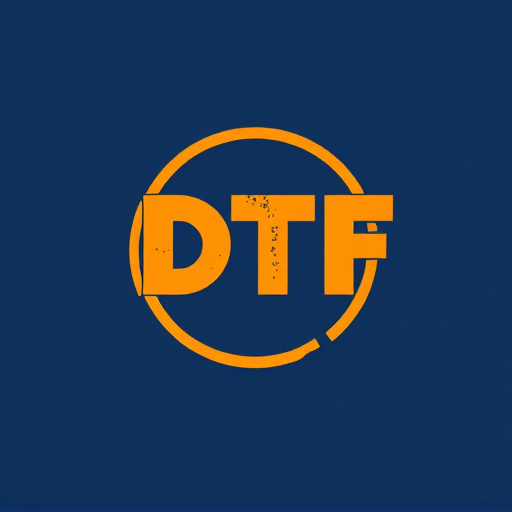
Efficient DTF (Direct to Film) printing involves a series of precise techniques designed to optimize the transfer process. The first step is ensuring your film is properly prepped, including cleaning it to remove any contaminants and checking for any damage or defects. Using high-quality film and maintaining the right temperature during preheating is crucial for achieving crisp, accurate DTF prints.
During the printing phase, a steady hand and precise control are essential. Proper alignment of the film and the print bed ensures that the design is transferred accurately onto the substrate. Additionally, controlling the pressure applied while making the transfer helps in minimizing any potential smudging or misalignment. This meticulous approach guarantees that your DTF prints turn out clear, detailed, and free from defects.
Quality Assurance Checks After DTF Transfer

After a DTF (Direct-To-Film) transfer is complete, it’s crucial to conduct thorough Quality Assurance (QA) checks before proceeding with further steps. This process ensures that the DTF prints meet the desired standards and specifications. Inspect each print for any visible defects, such as streaks, spots, or uneven exposure, which could indicate issues with the transfer process. Focus on detail, especially in high-resolution images, as even minor imperfections may be amplified at larger scales.
Additionally, verify color accuracy across the entire image area, paying close attention to shadows and highlights. Ensure that the DTF prints accurately represent the original source material. Check for proper alignment of the film frame with the print, as misalignment can lead to cropping or distortion. These QA checks are vital to guarantee the quality of final products, ensuring customer satisfaction and maintaining the reputation of your printing services.
Applications and Best Practices for DTF Prints

Direct to film (DTF) transfers offer a unique and versatile application in various industries. These DTF prints are ideal for temporary or promotional materials, allowing businesses to create eye-catching displays, pop-up shops, and event signage with ease. Their durability during the cooling process enables them to withstand outdoor conditions, making them perfect for advertising campaigns and short-term exhibitions.
When working with DTF transfers, best practices include ensuring optimal print quality by using high-resolution images and precise color settings. Proper preparation of the substrate is crucial; cleaning and degreasing surfaces enhance adhesion. For outdoor applications, consider weatherproofing measures to protect against UV exposure and moisture. Regular maintenance and occasional reapplication can extend the lifespan of DTF prints, making them a cost-effective solution for dynamic branding and marketing needs.





